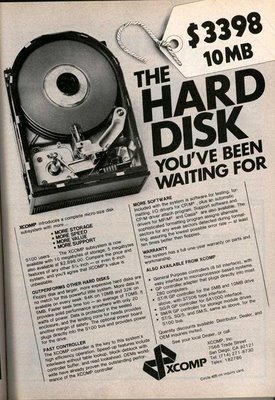Thought Leader Q&A: Brad Jenkins of Trial Solutions

Tell me about your company and the products you represent. Trial Solutions is an electronic discovery software and services company in Houston, Texas that assists corporations and law firms in the collection, processing and review of electronic data. Trial Solutions developed OnDemand™, formerly known as ImageDepot™, an online e-discovery review application which is currently used by over fifty of the top 250 law firms including seven of the top ten. Trial Solutions also offers FirstPass™, an early case assessment and first-pass review application. Both applications are offered as a software-as-a-service (SaaS), where Trial Solutions licenses the applications to customers for use and provides access via the Internet. Trial Solutions provides litigation support services in over 90 metropolitan areas throughout the United States and Canada.
What do you see as emerging trends for eDiscovery SaaS solutions? I believe that one emerging trend that you’ll see is simplified pricing. Pricing for many eDiscovery SaaS solutions is too complex and difficult for clients to understand. Many providers base pricing on a combination of collection size and number of users (among other factors) which is confusing and penalizes organizations for adding users into a case, I believe that organizations will expect simpler pricing models from providers with the ability to add an unlimited number of users to each case.
Another trend I expect to see is provision of more self-service capabilities giving legal teams greater control over managing their own databases and cases. Organizations need the ability to administer their own databases, add users and maintain their rights without having to rely on the hosting provider to provide these services. A major self-service capability is the ability to load your own data on your schedule without having to pay load fees to the hosting provider.
Why do you think that more eDiscovery SaaS solutions don’t provide a free self loading capability? I don’t know. Many SaaS solutions outside of eDiscovery enable you to upload your own data to use and share via the Web. Facebook and YouTube enable you to upload and share pictures and videos, Google Docs is designed for sharing and maintaining business documents, and even SalesForce.com allows you to upload contacts via a comma-separated values (CSV) file. So, loading your own data is not a new concept for SaaS solutions. OnDemand™ is about to roll out a new SelfLoader™ module to enable clients to load their own data, for free. With SelfLoader, clients can load their own images, OCR text files, native files and metadata to an existing OnDemand database using an industry-standard load file (IPRO’s .lfp or Concordance’s .opt) format.
Are there any other trends that you see in the industry? One clear trend is the rising popularity in first pass review/early case assessment (or, early data assessment, as some prefer) solutions like FirstPass as corporate data proliferates at an amazing pace. According to International Data Corporation (IDC), the amount of digital information created, captured and replicated in the world as of 2006 was 161 exabytes or 161 billion gigabytes and that is expected to rise more than six-fold by 2010 (to 988 exabytes)! That’s enough data for a stack of books from the sun to Pluto and back again! With more data than ever to review, attorneys will have to turn to applications to enable them to quickly cull the data to a manageable level for review – it will simply be impossible to review the entire collection in a cost-efficient and timely manner. It will also be important for there to be a seamless transition from first pass review for culling collections to attorney linear review for final determination of relevancy and privilege and Trial Solutions provides a fully integrated approach with FirstPass and OnDemand.
About Brad Jenkins
Brad Jenkins, President and CEO of Trial Solutions, has over 20 years of experience leading customer focused companies in the litigation support arena. Brad has authored many articles on litigation support issues, and has spoken before national audiences on document management practices and solutions.


